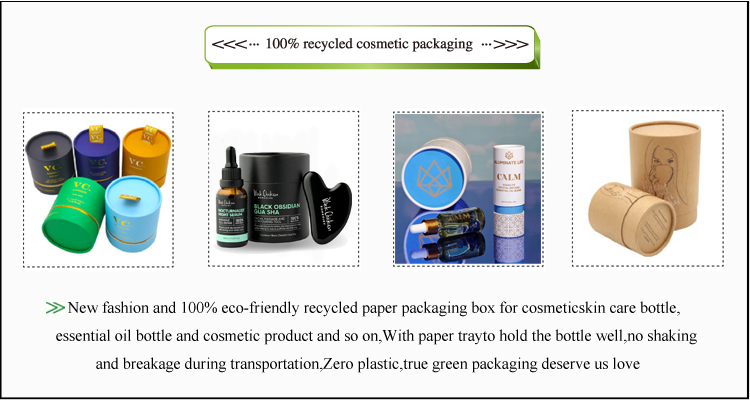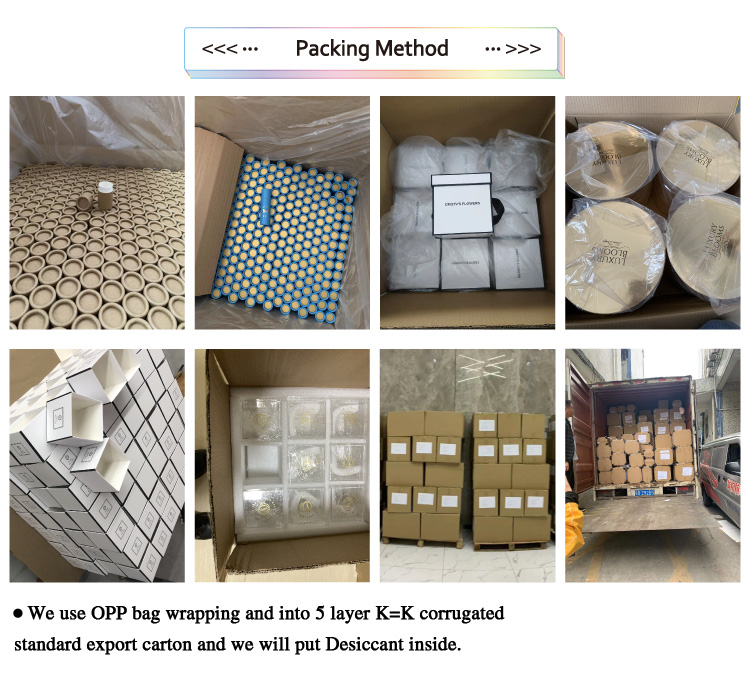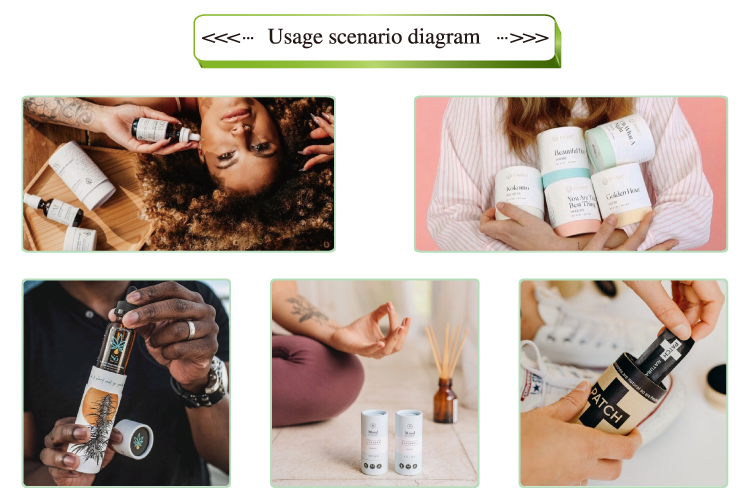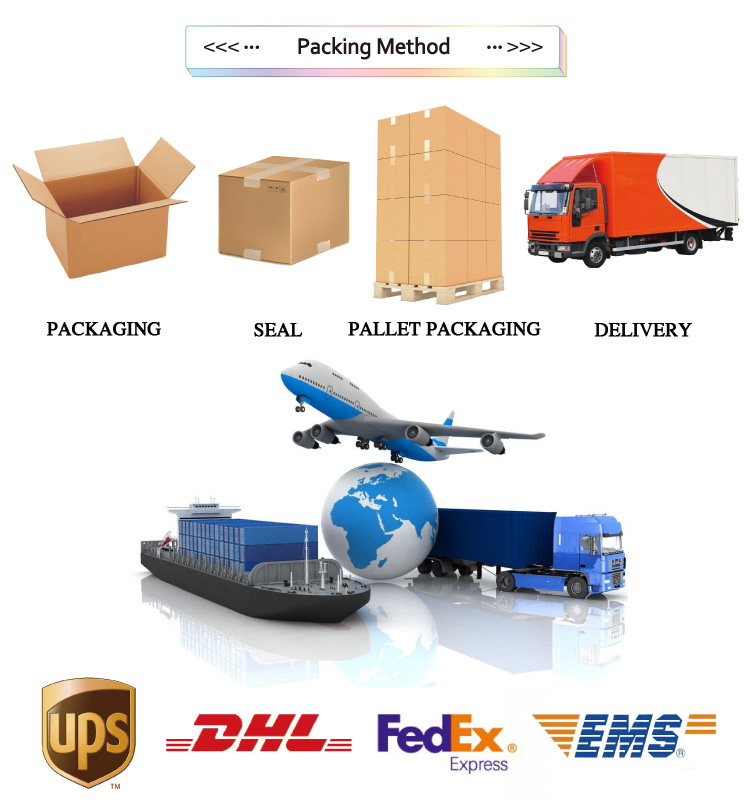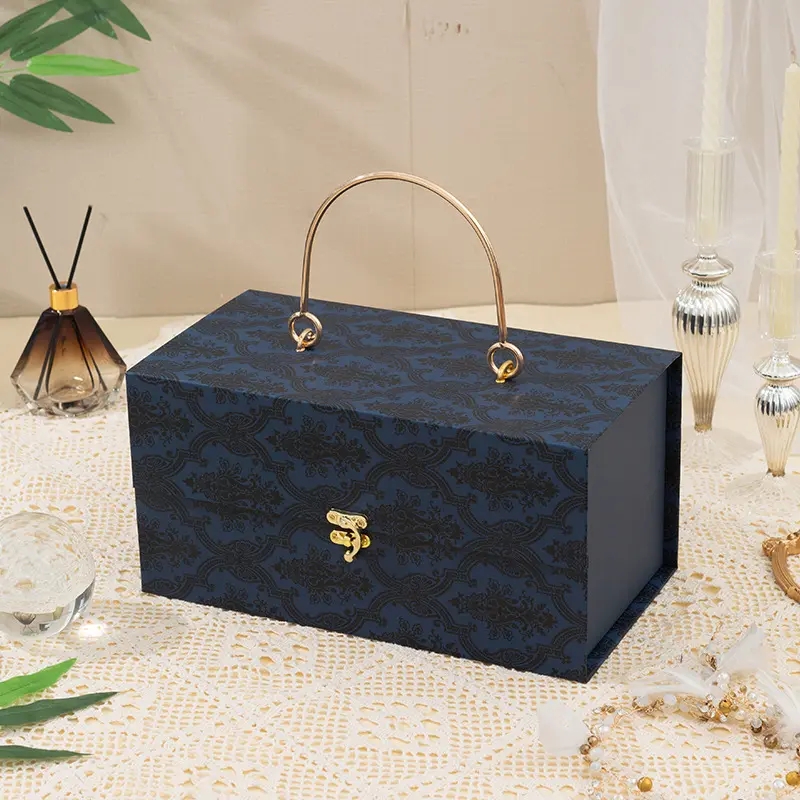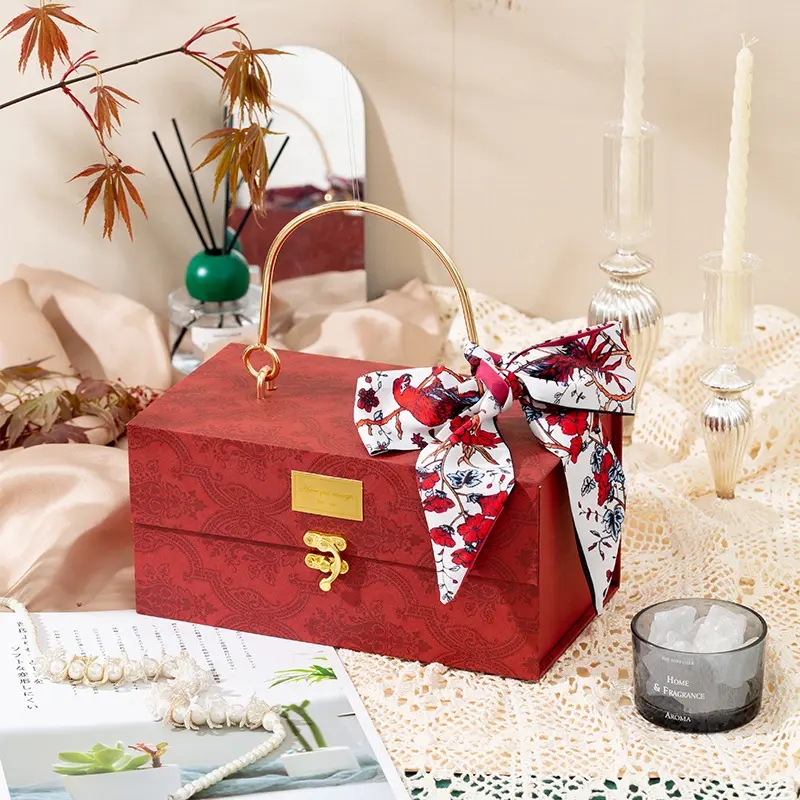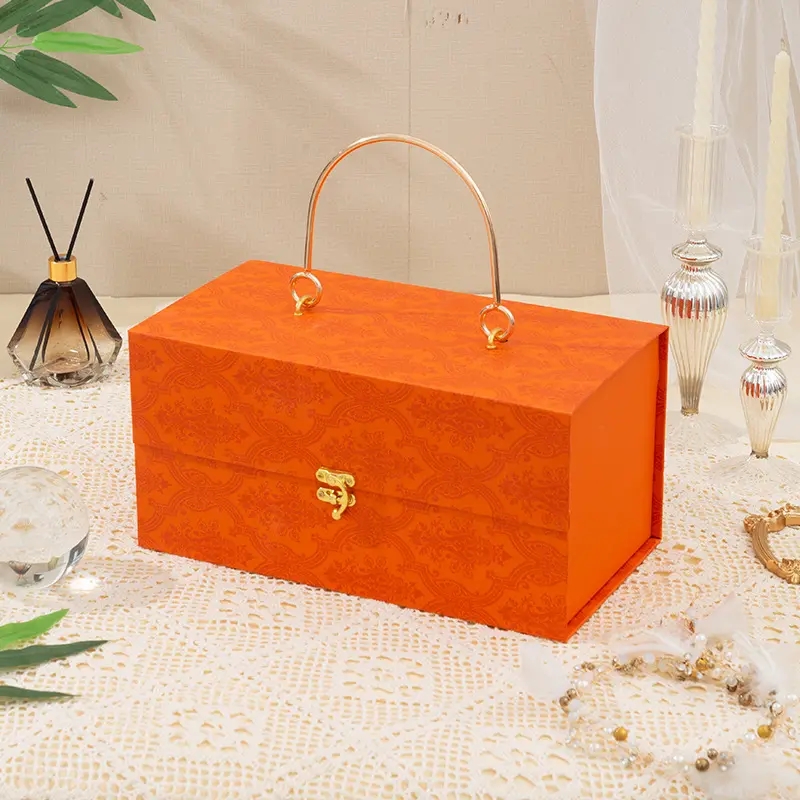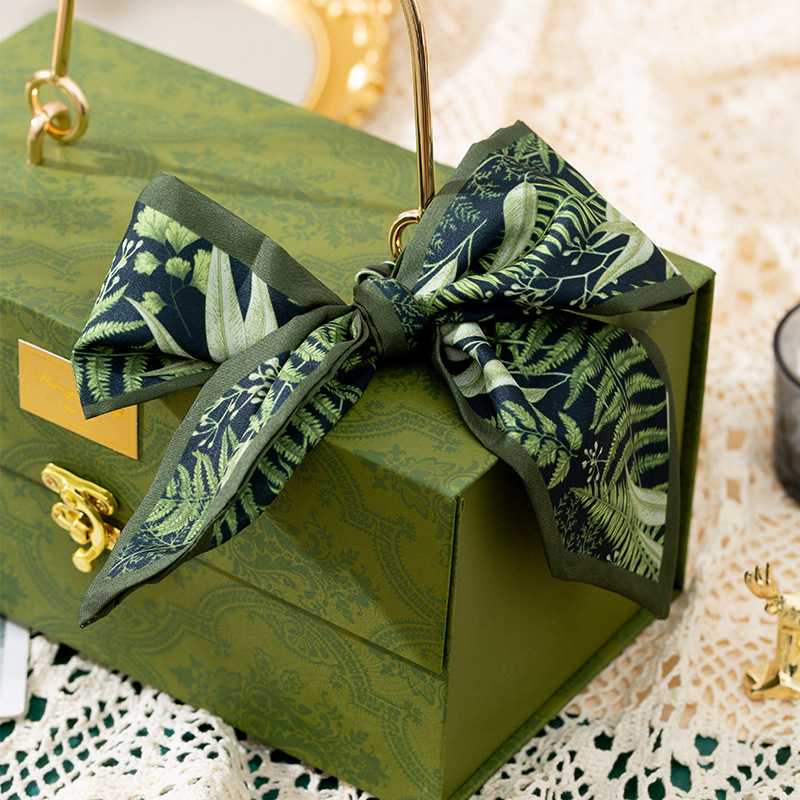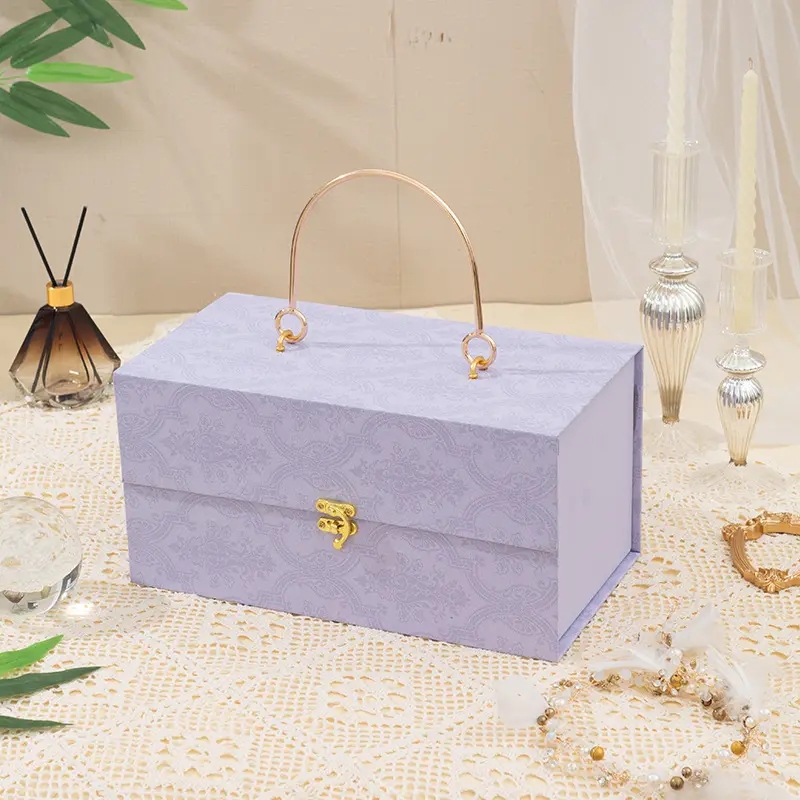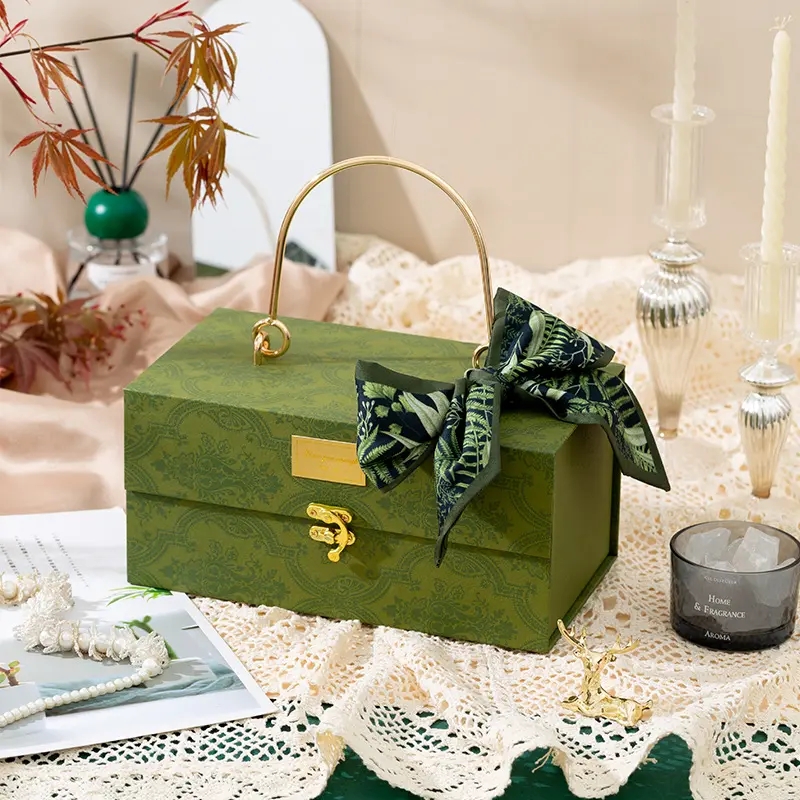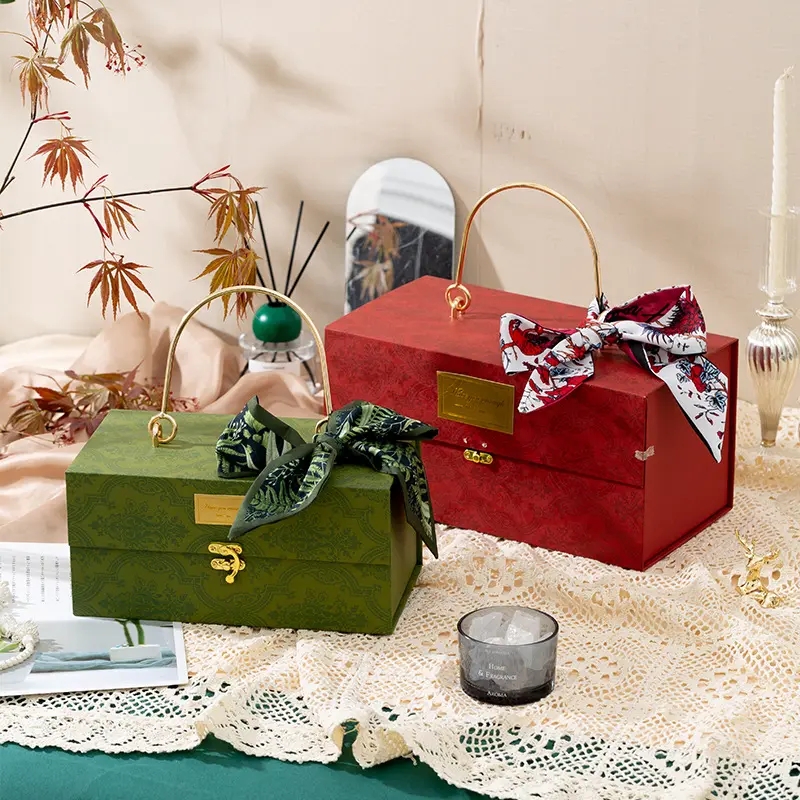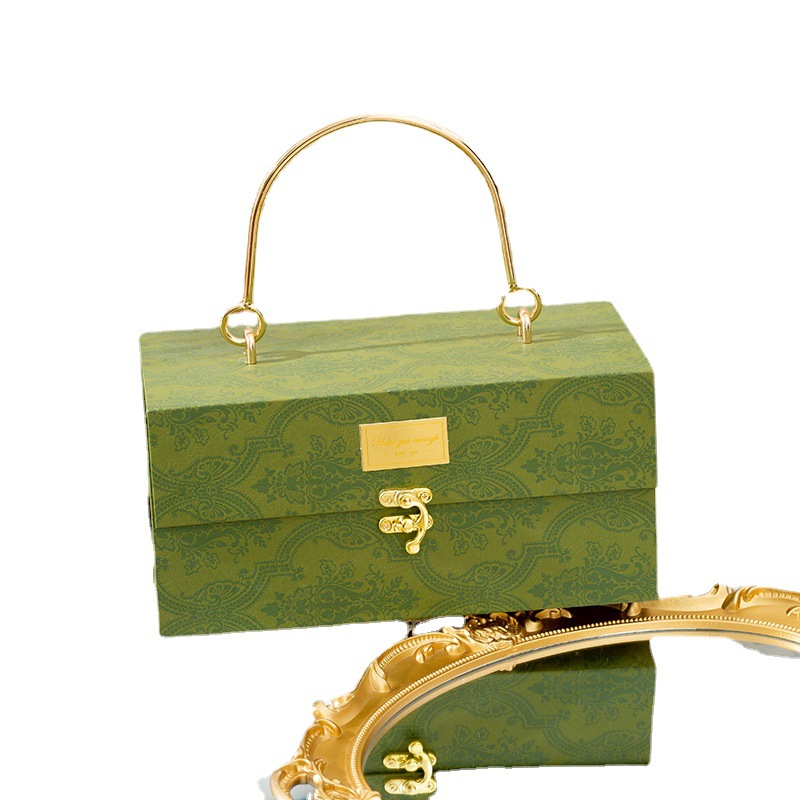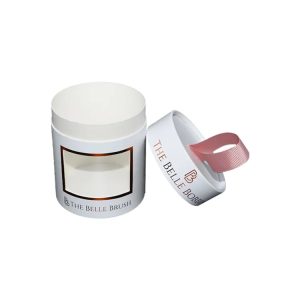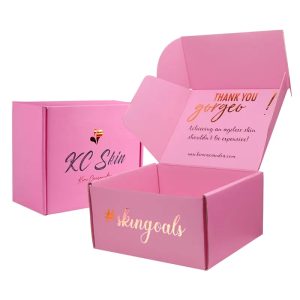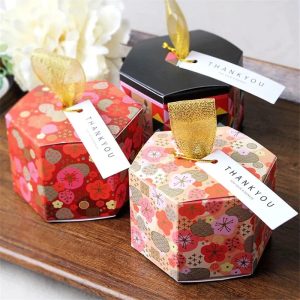Candy packaging boxes offer several benefits for both manufacturers and consumers. Here are some of the key advantages:
- Product Protection: One of the primary functions of candy packaging boxes is to protect the candies from external factors like dust, humidity, and physical damage during transportation, storage, and display. Proper packaging helps maintain the freshness, flavor, and quality of the candies.
- Hygiene and Safety: Packaging boxes provide a barrier between the candy and the external environment, ensuring that it remains safe and hygienic for consumption. This is particularly important for candies that are not individually wrapped.
- Branding and Marketing: Candy packaging boxes serve as an excellent platform for branding and marketing. Eye-catching designs, logos, and artwork on the boxes can help create a distinct identity for the candy brand and attract customers’ attention on store shelves.
- Differentiation and Visibility: Unique and well-designed candy packaging can differentiate a product from competitors and help it stand out in a crowded market. Packaging boxes with vibrant colors, creative shapes, or transparent windows can increase the product’s visibility and draw consumers’ interest.
- Consumer Convenience: Packaging boxes provide a convenient way to handle, store, and carry candies. Individual or small portion packs can be easily carried in bags or pockets, making them suitable for on-the-go consumption.
- Portion Control: Packaging boxes allow manufacturers to control the portion size of candies, which is especially beneficial for candies with specific dietary or nutritional considerations.
- Variety and Assortments: Packaging boxes enable the creation of variety packs and candy assortments, appealing to consumers who enjoy trying different flavors or combinations.
- Gift and Presentation Purposes: Candy packaging boxes are often used for gift purposes, especially during holidays and special occasions. The attractive packaging enhances the gift-giving experience and makes it more appealing.
- Sustainability: Eco-friendly candy packaging boxes made from recyclable or biodegradable materials are gaining popularity. Sustainable packaging options help reduce the environmental impact and appeal to environmentally conscious consumers.
- Shelf Life Extension: Some packaging materials, such as those with barrier properties, can extend the shelf life of candies by preventing moisture or air from entering the package, thus preserving their freshness for a longer time.
- Regulatory Compliance: Packaging boxes for candies must meet specific regulatory requirements, such as food-grade materials and labeling standards. Compliance with these regulations ensures that the product is safe for consumption and builds consumer trust.
Overall, candy packaging boxes play a vital role in protecting, promoting, and enhancing the overall candy-buying experience, making them an essential aspect of the candy industry.
Packaging methods for candy packaging boxes can vary based on factors such as the type of candy, the desired presentation, and the target market. Here are some common packaging methods used for candy packaging boxes:
- Folding Cartons: Folding cartons are one of the most common packaging methods for candies. These are flat boxes that are pre-creased and can be easily folded into the desired shape. Folding cartons offer a cost-effective solution and are often used for individual candy bars, small candy assortments, and other similar products.
- Window Boxes: Window boxes have a transparent plastic window on one side that allows customers to see the candy inside without opening the box. This is especially popular for candies with attractive colors or unique shapes, as it enhances the visual appeal of the product and encourages impulse buying.
- Trays and Sleeves: This method involves using a tray to hold the candies and then sliding a sleeve over the tray to enclose the candies. It is often used for larger candy assortments and allows for more creativity in design and presentation.
- Pillow Boxes: Pillow boxes have a curved, pillow-like shape and are ideal for small, lightweight candies like chocolates, mints, or gummies. They are easy to handle and can be sealed with a tab or sticker.
- Tuck-End Boxes: Tuck-end boxes have flaps at the top and bottom that can be tucked in to close the box. They are simple and secure and are used for a variety of candy types.
- Gable Boxes: Gable boxes have a distinctive triangular shape with a handle on top, resembling a small house. These boxes are convenient for carrying and are often used for party favors and gift packaging.
- Rigid Boxes: Rigid boxes, also known as set-up boxes, are made from thicker and sturdier materials. They offer a luxurious and premium packaging option, often used for high-end or specialty candies.
- Tins and Metal Boxes: Metal boxes and tins are durable and reusable, making them a popular choice for specialty candies and gift packaging.
- Flexible Pouches and Bags: For individually wrapped candies or bulk candies, flexible pouches and bags are commonly used. They come in various sizes and materials, such as polyethylene, cellophane, or other food-grade materials.
- Custom Shapes and Designs: Unique and creative candy packaging can be designed to match the theme of special occasions or seasonal offerings. Custom shapes, such as heart-shaped boxes for Valentine’s Day or Christmas tree-shaped boxes for the holidays, add a personal touch to the candy packaging.
Keep in mind that the packaging method chosen should align with the branding and marketing strategy of the candy product while ensuring it meets the necessary safety and hygiene requirements for food products.
Candy packaging boxes offer numerous advantages for both manufacturers and consumers. Here are some of the key advantages:
- Product Protection: Candy packaging boxes provide a protective barrier that shields candies from external elements such as dust, moisture, and physical damage during transportation and storage. This protection helps maintain the candies’ freshness, flavor, and overall quality.
- Hygiene and Safety: Proper candy packaging ensures that the candies remain hygienic and safe for consumption. It prevents direct contact with hands or other contaminants, reducing the risk of contamination and maintaining the candies’ integrity.
- Branding and Marketing: Packaging boxes serve as a powerful marketing tool for candy manufacturers. Eye-catching designs, logos, and artwork on the boxes create a brand identity, making the product easily recognizable and helping it stand out on store shelves.
- Differentiation and Visibility: Unique and appealing candy packaging differentiates a product from its competitors. Packaging with vibrant colors, creative shapes, or transparent windows enhances visibility, catches consumers’ attention, and encourages impulse purchases.
- Consumer Convenience: Packaging boxes offer convenience to consumers in handling, carrying, and storing candies. Individually wrapped candies or smaller portion packs are easy to carry in bags or pockets, making them suitable for on-the-go consumption.
- Portion Control: Packaging boxes allow manufacturers to control the portion size of candies, which is beneficial for products with specific dietary or nutritional considerations. Portion-controlled packaging meets consumer needs for moderation and portion regulation.
- Assortments and Variety: Candy packaging boxes enable the creation of variety packs and candy assortments, catering to consumers who enjoy trying different flavors or combinations.
- Gift and Presentation: Candy packaging boxes are commonly used for gifting purposes, especially during holidays and special occasions. Attractive packaging enhances the gift-giving experience and adds value to the present.
- Sustainability: The rising demand for sustainable practices has led to eco-friendly candy packaging solutions. Environmentally friendly materials and designs reduce the environmental impact, align with consumer values, and improve brand perception.
- Shelf Appeal and Merchandising: Well-designed candy packaging boxes contribute to better shelf appeal and merchandising opportunities. Appealing packaging attracts consumers, encourages impulse buying, and improves sales.
- Information and Brand Storytelling: Packaging boxes allow manufacturers to include essential product information, nutritional facts, and ingredients. They also provide an opportunity to tell the brand’s story and engage consumers on an emotional level.
- Regulatory Compliance: Candy packaging boxes must meet specific regulatory requirements, ensuring they are made from food-grade materials and adhere to labeling standards. Compliance instills consumer trust in the product’s safety and quality.
In conclusion, candy packaging boxes offer a range of advantages that go beyond mere protection and containment. Their role extends to marketing, branding, convenience, and sustainability, making them a crucial aspect of the candy industry.
